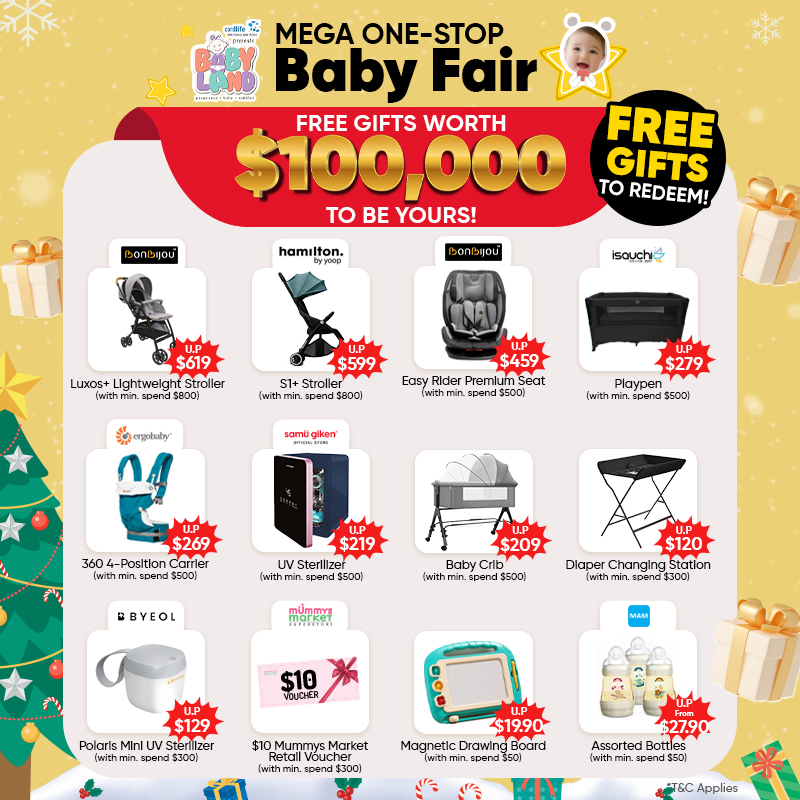
With your little one on the way, planning for their arrival can be a little daunting sometimes. Besides purchasing baby essentials such as a stroller, new-born diapers, a cot and many more, do not forget about the healthcare services that are available for you to protect your loved ones.
Cord blood banking has always been an imperative part of birth planning, which is why many parents would take the time to understand and make an informed decision prior to birth of baby. Watch this series of videos or read the information below to find out how you can secure this health protection for your family!
What Is Cord Blood?
Cord blood, also known as “placental blood”, is the blood that remains in the umbilical cord and placenta following the birth of a baby and after the umbilical cord is cut after delivery. It is a treasure trove of Haematopoietic Stem Cells (HSCs) which are responsible for replenishing blood and regenerating the immune system.
Reasons for storing your baby’s umbilical cord stem cells
- Umbilical cord blood can be used to treat over 80 diseases1
Cord blood can be used to treat over 80 diseases1 such as leukaemia, lymphoma and thalassaemia, as well as metabolic and immune disorders.
Clinical trials are also underway to use cord blood for the treatment of autism, cerebral palsy, Type 1 Diabetes, Alzheimer’s disease, spinal cord injury and many more2. Clinical trials are one of the key driving forces in medical breakthroughs and it represents hope for families with conditions that have no known cure.
- Guaranteed match for autologous transplants
Cord blood stem cells will be 100% matching for autologous transplants (where the donor and recipient are the same person). Storing your baby’s cord blood ensures there is a readily available supply of matching cord blood cells for your child.
- Biological insurance for you and your family
With statistics showing that 1 in every 217 persons may require stem cell treatment in their lifetime3, storing your baby’s cord blood gives you the assurance of having a ready source of HSCs should a time-critical situation ever arise. While it is possible to do a national or international search, the process can be both costly and time-consuming.
Furthermore, the odds of finding a match for a transplant within the same racial group is around 1 in 20,0004.
What to consider when choosing a family cord blood bank?
When it comes to your little one, we know that protecting them would be your utmost priority.
Hence, it is important to entrust your baby’s stem cells with a trusted family cord blood bank that would be with you for the long haul. Here are some important factors to consider before deciding on a family cord blood bank:
1. Long-standing Establishment
As the largest and most established family cord blood bank in Southeast Asia since 2001, Cordlife is a trusted and reliable industry leader and partner who you can trust to safeguard your baby with a lifetime of protection. Till date, over 530,000 families5 have entrusted their baby’s umbilical cord stem cells with them.
2. International Accreditations
In addition to being licensed by the Ministry of Health, Cordlife is also 1 in 6 family cord blood banks in the world to attain dual international certifications from both the American Association of Blood Banks (AABB) and the Foundation for Accreditation of Cellular Therapy (FACT). Parents can be assured of the quality as they adhere to stringent protocols that are regularly and rigorously audited.
3. Transplant Track Record
With 19 years of experience, Cordlife is a family cord blood bank with a proven track record and experience in successfully releasing cord blood units for transplants worldwide. This is an indication that your child’s cord blood stem cells are being stored according to the highest quality standards and remains viable should the need for transplantation ever arise.
4. Unique Service Offerings
Cordlife is the sole provider of umbilical cord lining storage in Singapore and is also 1 of 4 family cord blood banks worldwide licensed to store Epithelial Stem Cells (EpSCs). Cordlife has adopted the patented CellOptima™ technology that is able to harvest and expand two types of progenitor stem cells – Mesenchymal Stem Cells (MSCs) and Epithelial Stem Cells (EpSCs) from the umbilical cord lining. Now you can gift your loved ones a variety of possibilities for future regenerative medical options by storing your child’s umbilical cord lining.
5. Fully-owned Storage Facility
Cordlife has a fully-owned laboratory in Singapore which allows direct control over critical services, quality, licensing and accreditations. The investment in processing and storage facilities reflects the company’s dedication to the careful preservation of both cord blood and cord lining units stored under their care and is testament to their commitment to families in the long haul.
References:
- For the full list of treatable diseases and references, please refer to https://www.cordlife.com/sg/treatable-diseases.
- Therapies in Clinical Trials Page. Parent’s Guide to Cord Blood Foundation website. https://parentsguidecordblood.org/en/diseases#trial. Accessed August 27, 2018.
- Nietfeld JJ, Pasquini MC, Logan BR, et al. Lifetime probabilities of hematopoietic stem cell transplantation in the U.S. Biology of Blood and Marrow Transplantation. 2008; 14:316-322.
- Chew J. Criterion for new stem-cell transplant 50% match. The Straits Times. July 18, 2013:12-15.
- Based Cordlife’s internal database, as of April 2020






